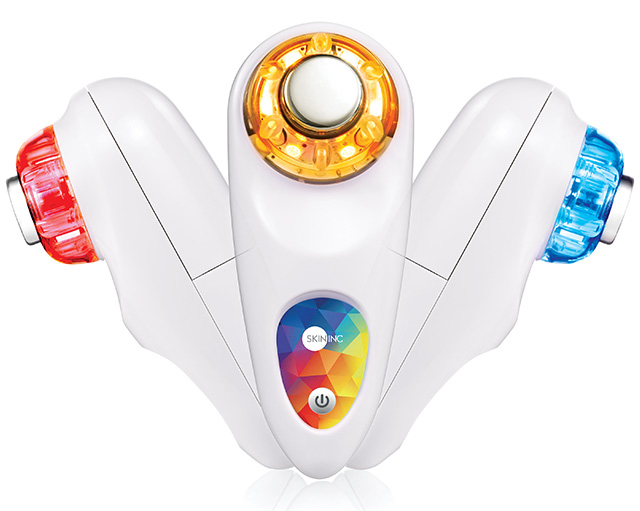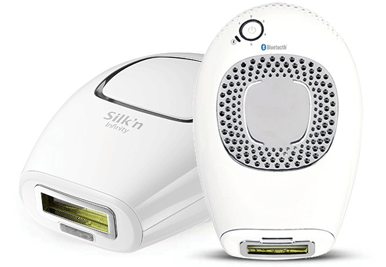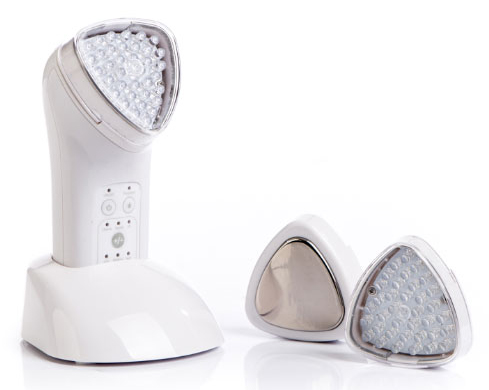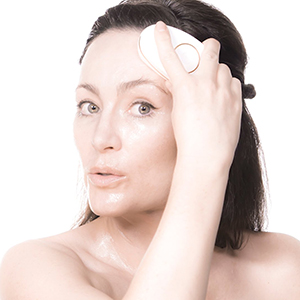The at-home beauty devices market in Europe experiences solid growth of about 13% in 2016, with a plethora of opportunities to explore. The market is dominated by three-leading skin care concerns—hair removal, anti-aging, and cleansing—accounting for 75% of the total market sales in 2016. However, hair regrowth is the fastest-growing segment as U.S. marketers emphasize on establishing their brands in Europe.
The market has been categorized by the presence of generic devices targeting acne, anti-aging, cleansing, hair removal, and hair regrowth for a few years now. To break this status quo, marketers are beginning to embrace the concept of bespoke solutions by combining skin care and technology to develop customized skin care treatments for consumers. One such classic example is Skin Inc’s Optimizer Voyage Tri-light with NASA-based technology that uses Chromotherapy and Low Frequency Therapy to help boost the skin’s absorption.

Technology is playing an important role in the at-home beauty devices market, making room for marketers to develop innovative and technologically-advanced devices. While LED light therapy continues to be the leading technology used across a majority of hair removal, acne, and anti-aging devices, rotating technology is the fastest-growing technology. The key reason behind the fast growth of rotating technology is because it is a cheaper technology as compared to sonic technology and is being widely used by mass marketers in their cleansing devices. In terms of innovative technology, there have been a multitude of such introductions in 2016.
Ziip Beauty’s ZIIP device is one such innovative device for acne and anti-aging that is based on nano-current technology using an app that speaks to the device through Bluetooth. The app allows users to watch videos containing step-by-step instructions on the proper usage of the device. Another important introduction is Silk’n’s Infinity 400,000 with eHPL technology, which is compatible with the Silk’n Infinity App that allows consumers to create their own customized programs, keep track of the consumer’s treatments, and provide alerts for the next hair removal session.


The introduction of multi-functional devices equipped to provide multiple solutions is another big trend in 2016. L(A)B introduces the Pro Lift+, which is equipped with three interchangeable heads—Titanium for cleansing, moisturizing, lifting, and toning, Blue LED Light Treatment Head for treating acne and blemishes, and Red LED Light for stimulating collagen production. Another new multifunctional device is Remington’s Renew Skin Rejuvenation System provides multiple benefits of a smoother and brighter complexion, even skin tone, and the reduction of fine lines and wrinkles.


The future of the European at-home devices market has great potential for augmented and virtual reality systems that analyze problems and develop customized solutions to correct imperfections. To learn more about the happy marriage between technology and beauty and how personalization is creating new opportunities for beauty markets, please refer to our upcoming Beauty Devices: Global Market Analysis and Opportunities report. The United States volume is now available, while individual reports on Europe, China, Japan, and South Korea will be published this summer. New to this edition is a bonus chapter on connected beauty, profiling apps that merge technologies with products in the skin care, sun care, hair care, and nail care categories to assess the current and future implications for beauty marketers.
Written by Shivani Singh, Senior Consultant Kline Consumer Products

